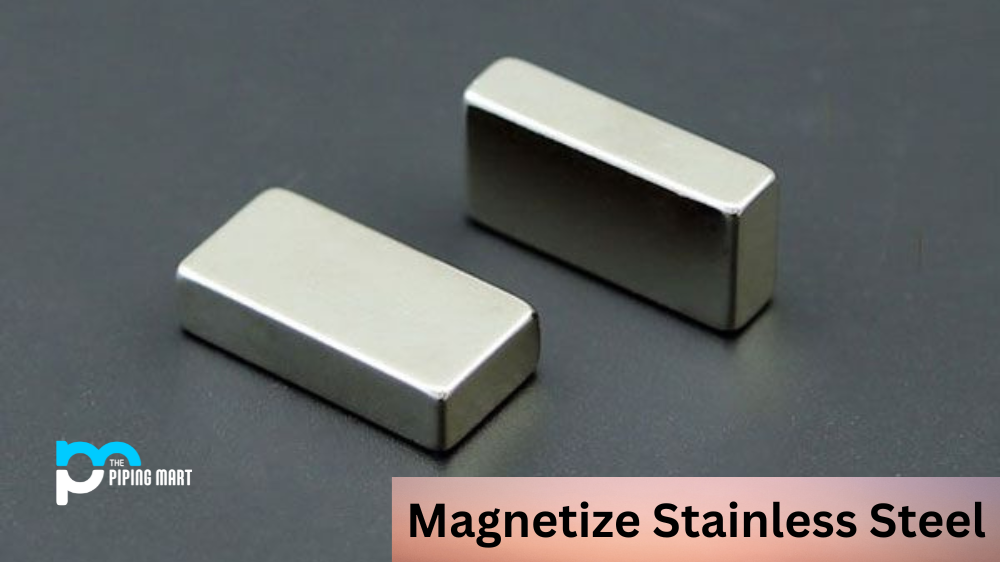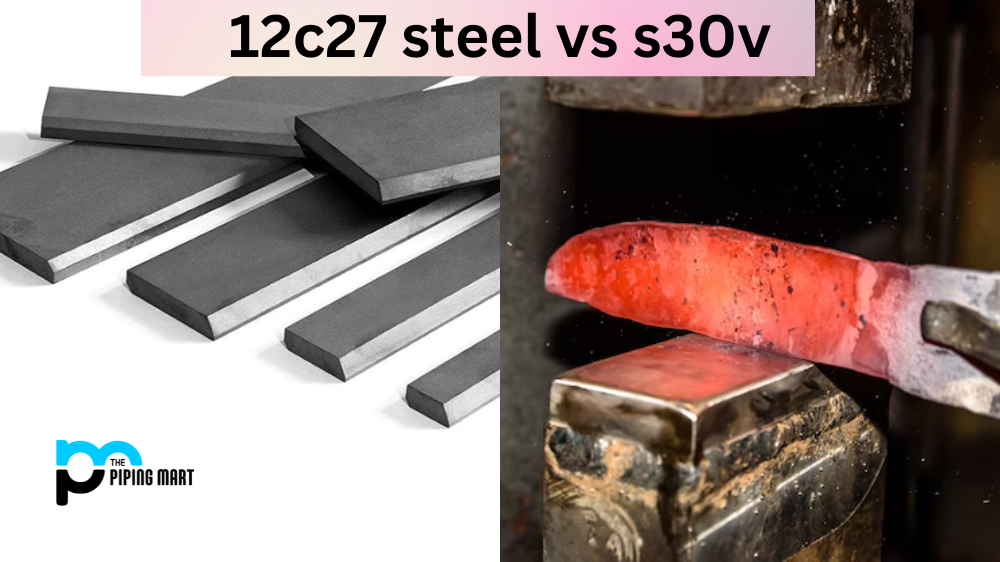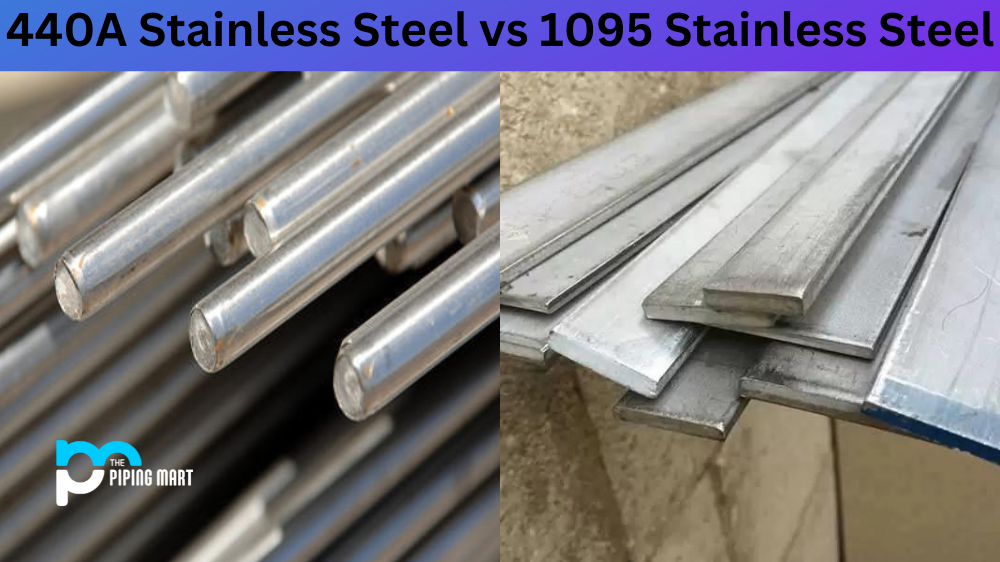For many industrial projects, choosing the right type of stainless steel is critical. Two popular varieties are 409 and 304 stainless steel. Both have advantages and disadvantages that should be considered before making a final choice. Let’s take a closer look at both types to determine which one is best for your project.
409 Stainless Steel
The first type of stainless steel we will look at is 409 stainless steel. This stainless steel variant has a high chromium content and an increased amount of nickel. This combination gives 409 stainless steel excellent corrosion resistance but makes it less durable than other types of stainless steel. It is heat-resistant up to 572°F (300°C). This type of steel is often used in automotive exhaust systems and other applications where corrosion resistance is important, such as in food processing equipment or outdoor sign structures. However, its lower durability may not be suitable for more demanding applications where strength is required.
304 Stainless Steel
The second type of stainless steel we will discuss here is 304 stainless steel. Unlike 409, this type has higher levels of chromium and nickel but fewer amounts of iron added compared to the other variants, such as 316 or 410-grade steels. This combination gives 304 excellent corrosion resistance but, at the same time, reduces its general strength compared to other grades of metal like aluminium or brass. Nonetheless, 304 can still withstand high temperatures up to 1,000°F (537°C). Due to its good corrosion resistance and increased strength compared to 409, this type is often used in kitchen appliances like sinks or cookware as well as in structural elements like handrails or furniture frames where strength is important in addition to corrosion resistance.
Difference Between 409 and 304 Stainless Steel
- 409 stainless steel is more corrosion resistant than 304 stainless steel.
- 409 stainless steel is less expensive than 304 stainless steel.
- 409 stainless steel is less heat resistant than 304 stainless steel.
- 409 stainless steel is less durable than 304 stainless steel.
- 409 stainless steel is less weldable than 304 stainless steel.
- 409 stainless steel is more susceptible to rusting than 304 stainless steel.
Conclusion:
When deciding between two different types of metals for a project, such as 409 and 304 stainless steel, it helps to understand the differences between them so that you can make an informed decision about which one would be best suited for your needs. Both 409 and 304 offer superior corrosion resistance, but their overall durability differs depending on the application they are being used for; At the same time, 409 may be better suited for automotive exhaust systems due to its higher heat tolerance, 304 may be more useful for structural components due to increased strength despite lower heat tolerance values. Ultimately, the choice between these two varieties comes down to your specific needs when making your selection – consider all aspects carefully before making your final decision!
Meet Heer, a dynamic and driven writer learning tricks of her trade in the metal industry. With a background in Digital Marketing, Heer brings a unique perspective to her writing, sharing valuable insights. Apart from blogging she like reading and hiking.




